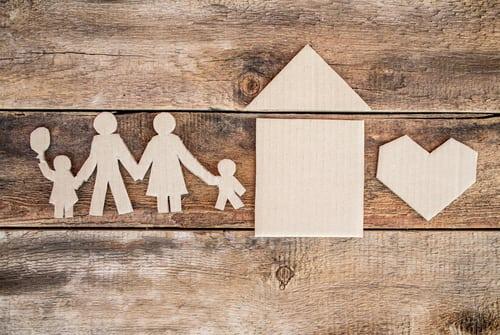What is a Home Equity Loan?
A home equity loan allows a borrower to use the market value of a home as guarantee for a specific loan amount. The money may be used for a variety of reasons, including refinancing, home improvements, debt consolidation, or vacations.
Benefits of a Home Equity Loan
Home equity loans are the most widely sought type of loan, due mainly to the great number of benefits it offers borrowers. First, borrowers may qualify for a sizable amount of credit – up to 100 percent of the value of their home. The money is available for use when and how they please, and at a relatively low interest rate that is fixed throughout its life, insulating borrowers from potential fluctuations. Second, closing costs are typically lower than refinancing your first mortgage. Finally, a borrower may be allowed to deduct the interest from his income tax because the debt is secured by his home. The interest rates depend, however, on the borrower’s financial situation and the prevailing tax laws. Consult a tax advisor to determine if you qualify.
Before proceeding to secure a home equity loan, it is important that the costs of a home equity line be weighed against the benefits. Ideally, the borrower should look for credit terms that best meet his borrowing requirements without inviting financial risk. This is because failure to repay the amounts borrowed and the interest could lead to the loss of the home.
 Types of Home Equity Loans
Types of Home Equity Loans
A second mortgage provides borrowers with a fixed amount of money that is repayable over a fixed period, usually in equal payments. A second mortgage may be considered over a home equity line if the need is to obtain a set amount for a specific purpose. A second mortgage is the best choice for additions or renovations.
In a reverse mortgage, a borrower can convert a part of the equity in his property into cash without having to sell the home or take on additional monthly bills.
A reverse mortgage differs from a “regular” mortgage loans, in that the borrower receives money from the lender, which does not have to be repaid as long as the borrower lives in the home. Instead, the loan has to be repaid only when the home is sold or when the homeowner sells, dies, or changes the home to a secondary residence. Reverse mortgages, with their features, are best for individuals who have a house but do not have the money.
Anyone above 62 years old who has a home which is his or her primary residence qualifies for a reverse mortgage
The three basic types of reverse mortgage:
Single-purpose reverse mortgages, offered by some state and local government agencies and nonprofit organizations. Single-purpose reverse mortgages generally have very low costs, and can only be used for one purpose specified by the government or nonprofit lender. Single-purpose reverse mortgage applies to low or moderate income groups.
Home Equity Conversion Mortgages (HECMs) – The U. S. Department of Housing and Urban Development (HUD) backs home equity conversion mortgages. HECMs and proprietary reverse mortgages are costlier than other home loans as the up-fronts are generally high. However, home equity conversion mortgages are widely available, have no income or medical requirements, and can be used for any purpose.
Proprietary reverse mortgages are private loans that are usually backed by the housing development companies.
Once a borrower decides to apply for a home equity line of credit (HELOC), the idea is to look for the plan that best suits his particular needs. Loans usually have many legal formalities involved and hence it is very important that all credit agreement, the terms and conditions of various plans, including the annual percentage rate (APR) and the costs of establishing the plan be examined before choosing a loan. The APR is usually based only on the interest rate and does not reflect the closing costs and charges, making it necessary for APRs to be compared before selection.


